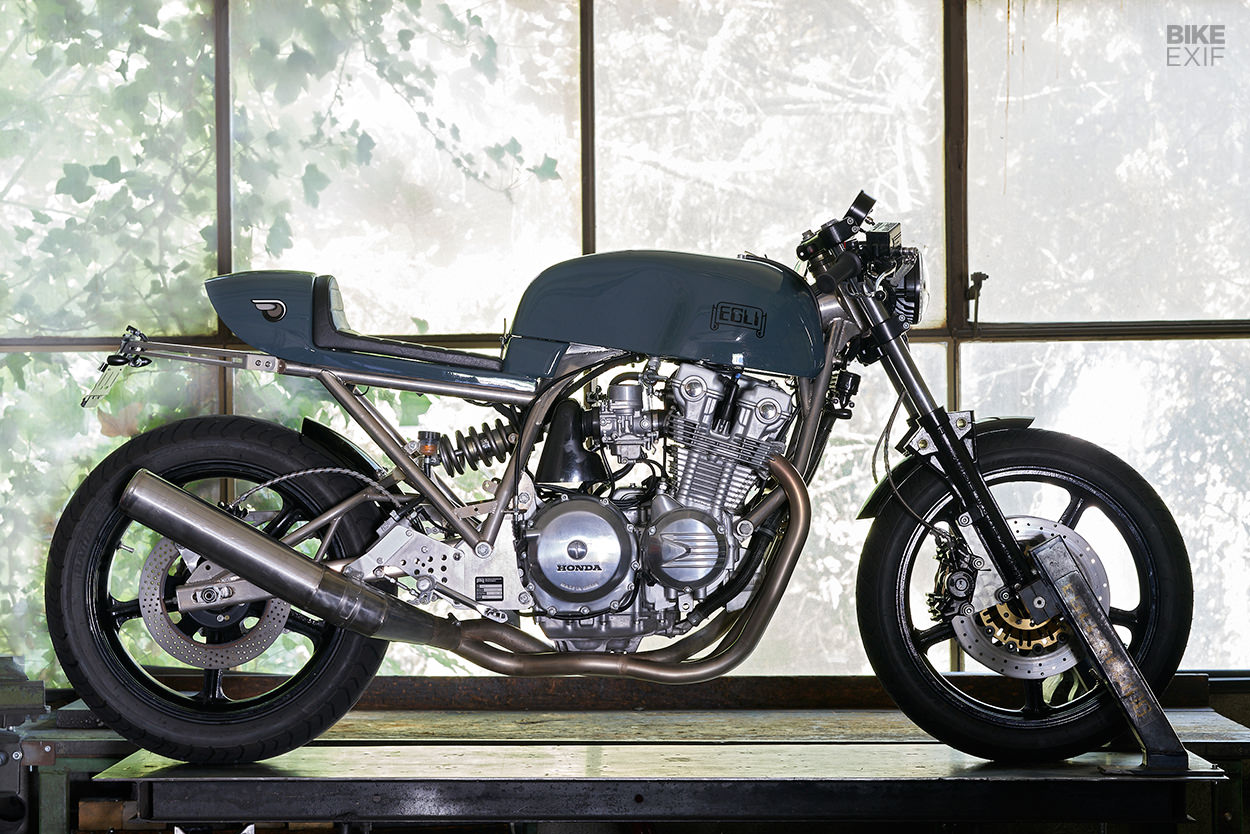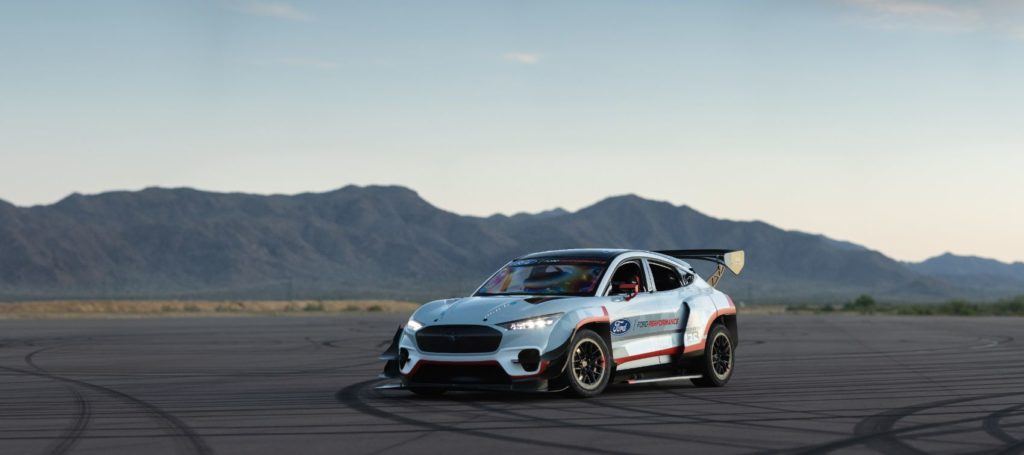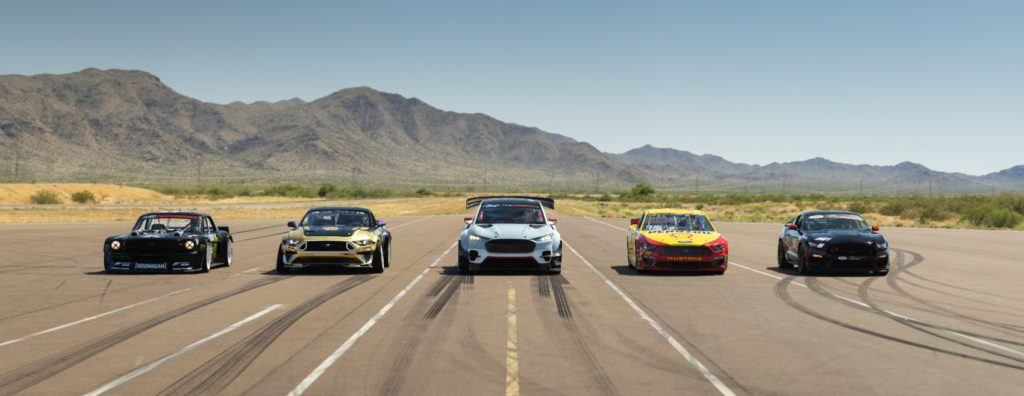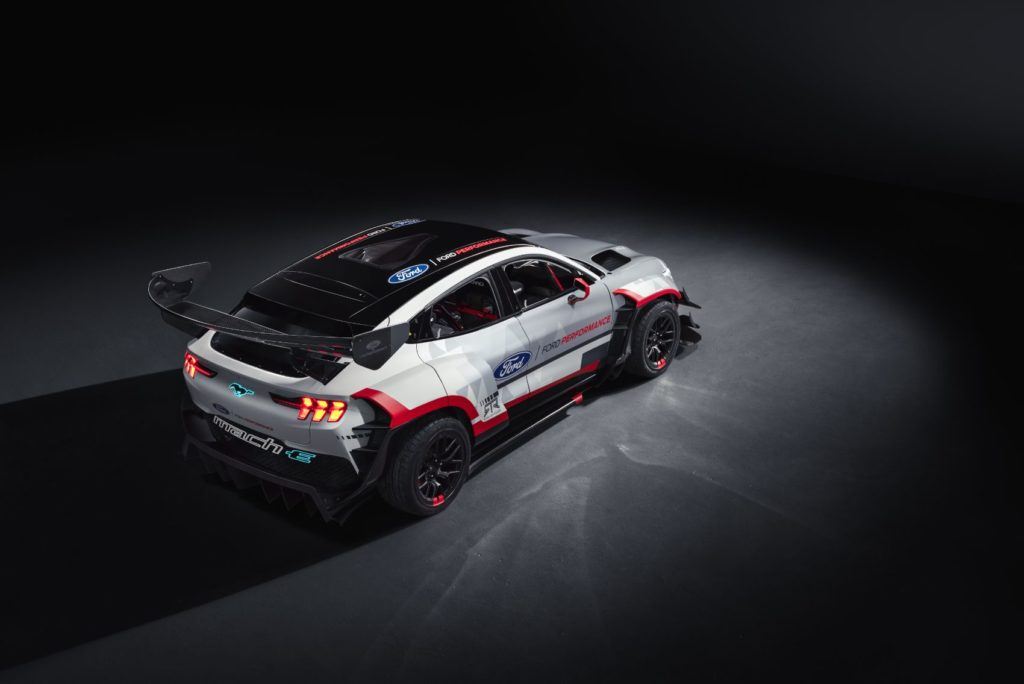
Most businesses need a succession program. And if you’ve been operating for more than half a century, training up the next generation becomes a rather pressing matter.
Egli Motorradtechnik, the famous Swiss workshop that can trace its history back to 1965, has taken big steps to protect its future. And this very smart Honda-powered special is proof—because it’s been restored to perfection by a young apprentice called Sara.

In Switzerland, a mechanic apprenticeship takes four years, with one day a week of formal schooling and four days of hands-on practice. Egli takes on a new apprentice every two years, alternately giving a young woman and a young man a chance.
“Our junior mechanics restore and customize Egli bikes,” Egli spokesperson, Felicitas Frei, tells us. “They’re bikes that are already in our workshop/showroom, or ones that we buy back from our customers.”

“We call it, ‘The youngsters are taking over’.”
For the Honda project, the brief was: “What should an Egli should look like, to appeal to the younger generation?”

The job went to Sara, a qualified cook with a flair for mechanical things, in the third year of her apprenticeship. To meet the brief, she took an Egli Honda EH9-C to work on. (A note on the nomenclature: E is for Egli, H for Honda, 9 for 900cc, and C for cantilever.)
This particular bike was built as a kit in 1982 for a Swiss customer, who installed the CB900 engine himself. The kit included a nickel-plated rigid backbone Egli frame with a cantilever swingarm, engine mounting plates, and an original Egli Racing Fork.

The delivery crate also included Lockheed brake calipers, fully floating 300 mm Brembo brake discs, Campagnolo wheels, a polyester tank, and a polyester tail unit. Plus a gorgeous Egli ‘Schuele’ 4-2-1 exhaust system.
With 103 hp on tap and a wet weight of just 197 kg (434.3 lbs), the EH9-C was a very spirited ride. But in the 90s this machine returned home to the Egli workshop, where it has lain dormant until Sara got her hands on it.

The biggest change is the new bodywork. The tank, with scalloped knee indents, is a classic Egli design and fashioned out of aluminum. Sara then took a tail unit designed for the EVTT 500 racer, shaped it up herself, and adapted it to the 1980s frame.
At the same time she tweaked the tail design from an open to closed unit, as you would normally find on a road-going bike, and created space for a compact battery. She also adjusted the seat construction with extra padding for comfort; it’s now finished in imitation leather.

Extending further behind is a tail extension—a necessary addendum to meet Swiss license plate regulations. Underneath is a Rizoma all-in-one unit handling brake and blinker duties.
At the opposite end, there’s a super-bright LED headlight from JW Speaker, a fresh set of OEM Kawasaki control switches from the 80s, and a big Motogadget Chronoclassic analog tacho. The air-cooled DOHC inline four engine was still in good condition, so it was serviced and left stock.

The Egli is still street legal, which is no small achievement for a custom in Switzerland: the country has strict German TÜV-style quality controls and restrictions on modifications.
Sara has restyled and upgraded a machine that can still hold its own at the traffic lights Grand Prix, and on the alpine passes. It sounds like the historic Swiss workshop is in safe hands.
Egli Motorradtechnik | Facebook | Instagram

from Bike EXIF https://ift.tt/3jXbaDS









































